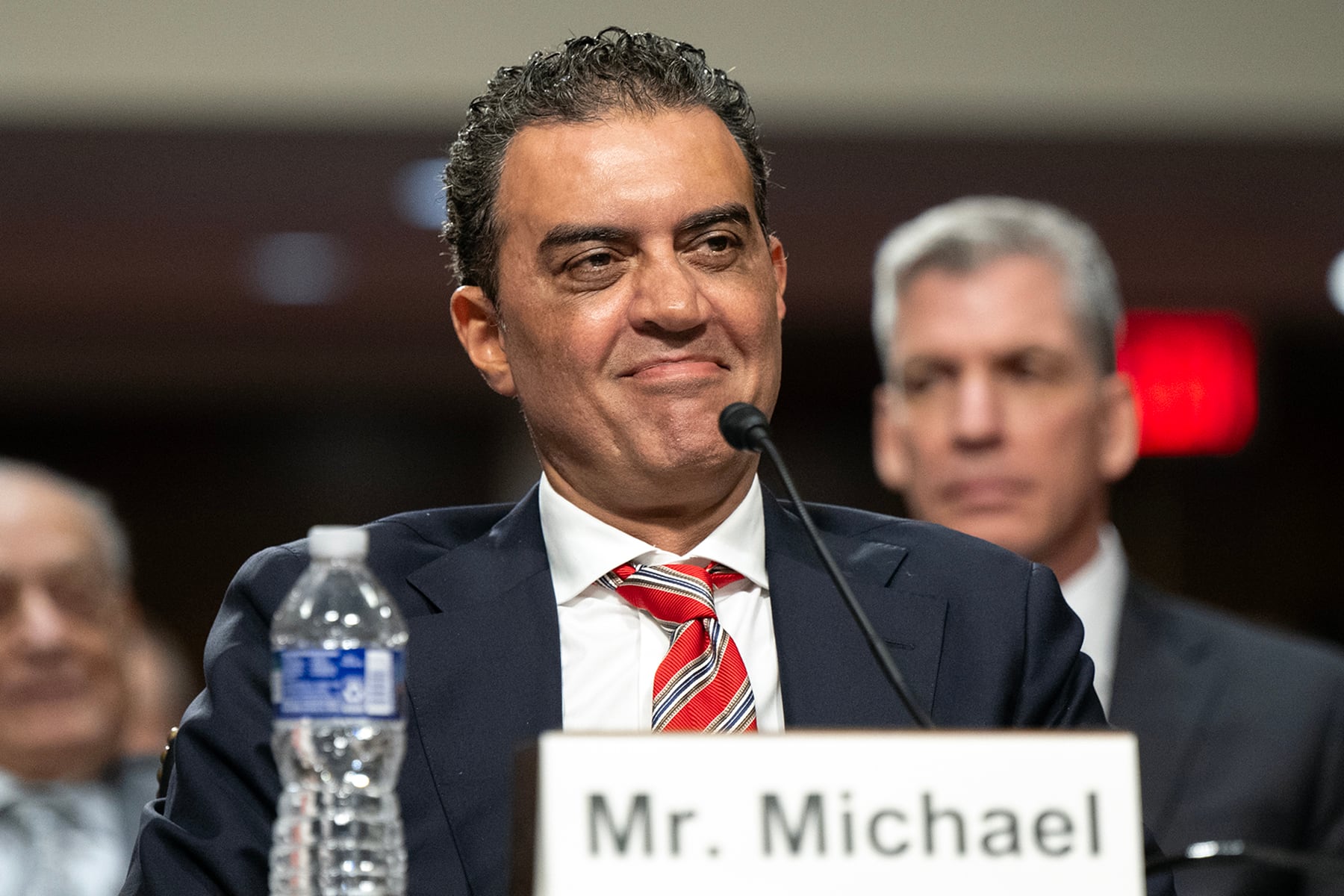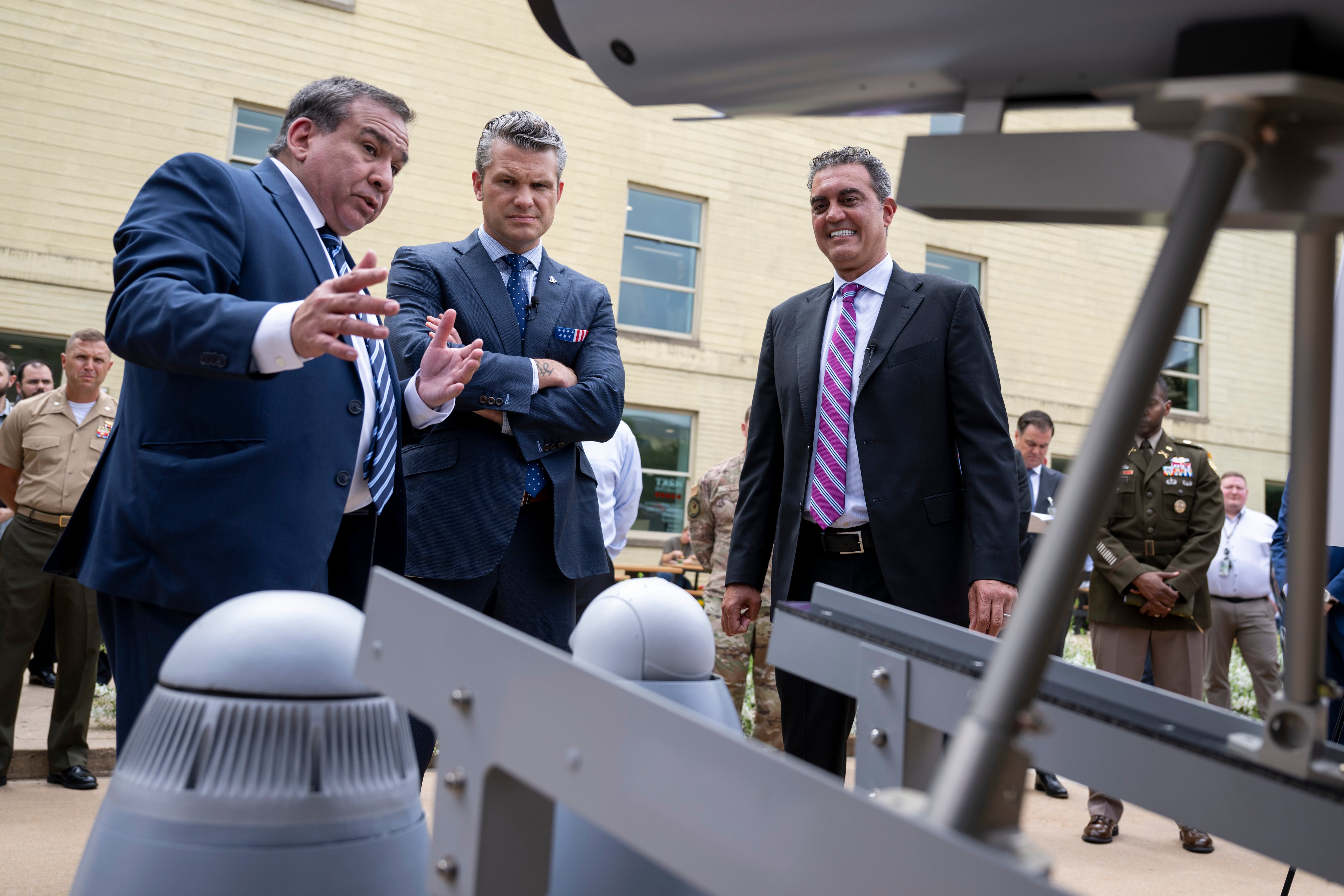Modern tactical radios are single or multichannel systems that contain built-in routing capabilities and transmit both voice and data within Internet Protocol (IP) packets. Besides possessing radio frequency connectivity, today's tactical radios are also often physically connected via cables to a terrestrial network.
All of these sophisticated features, functions and attributes combine to create an operating environment that's vulnerable to traditional RF-oriented security risks as well as threats traditionally associated with terrestrial wired networks. "To threats that include detection, interception, geo-location and jamming, we now have added threats associated with network hacking, such as network intrusion and denial of service," explained Robert Vik, the Army's product director, Communications Security Cryptographic Systems at the (Program Executive Office Command Control Communications-Tactical (PEO C3T) in Aberdeen Proving Ground, Maryland. "As a result, traditional methods of protecting transmitted data with bulk encryption and transmission security techniques are no longer sufficient."
The Army has responded to the challenge of protecting modern tactical radios by creating security approaches that are designed to respond to traditional RF threats as well as network-based menaces. Data encryption based on the High Assurance Internet Protocol Encryption (HAIPE) standard, network monitoring, audit log generation and intrusion detection systems are now coupled with traditional RF security paradigms, such as Low Probability of Interception/Low Probability of Detection waveforms and transmission security (TRANSEC) encoding.
Depending on the level of classification required, tactical radios can be classified up to top secret and, under certain circumstances, may even carry special compartmented information, Vik said. More typically, however, the networks are comprised of secret, sensitive but unclassified (SBU), and unclassified systems, he added.
According to Vik a tremendous amount of knowledge and applied engineering techniques were gained as a result of the Joint Tactical Radio System development effort.
"Both the Army and the National Security Agency recognized the need to come up with new paradigms for securing the tactical networks as the lines blurred between the traditional RF world and the traditional terrestrial networking world," he said.
The multi-channeled Ground Mobile Radio, for instance, featured multiple independent levels of security running simultaneously in one device. "It was certified to run channels with secret, SBU, and unclassified data simultaneously," Vik said. The system was also certified to run at top secret, but under that setting, all channels had to run at that level.
The Army's software-defined tactical radios feature cryptographic sub-systems that are generally software defined. "This means that new algorithms that are more robust against our adversaries' efforts to break them can be added via a software update," Vik said. "This will greatly reduce the cost associated with meeting NSA-mandated cryptographic modernization requirements."
Securing tactical radios against sophisticated, rapidly evolving threats creates new financial and usability burdens. "While we have successfully developed new paradigms to securing the tactical network, this has come at a price; both in terms of development and procurement costs of increasingly complex systems as well as in terms of placing additional configuration and monitoring burdens on the users," he said.
Looking toward the future, Vik said there is still the need for a technology that will make system setup and operation transparent to the user while continuing to ensure security. "To reduce development and procurement time and costs, the Army needs a standards-based, software-defined cryptographic subsystem module that has sufficient government-purpose rights that it can be provided as government-furnished equipment to vendors interested in entering the tactical radio market," he said.








